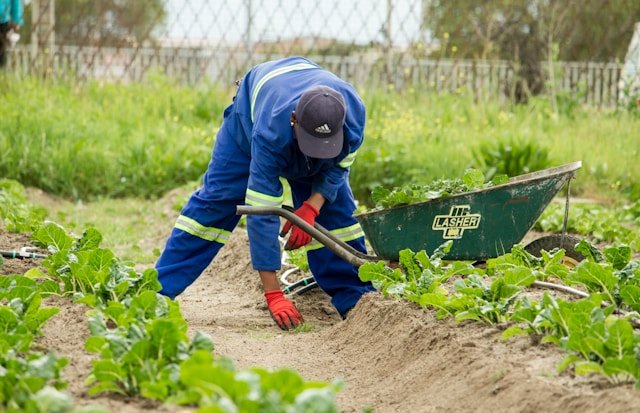Urban farming, also known as urban agriculture, refers to the practice of cultivating, processing, and distributing food within urban areas. This concept, though seemingly modern, has historical roots that trace back centuries. However, its contemporary resurgence is often attributed to the increasing urbanization and the need for sustainable food sources in densely populated areas.
Origins and Early Development
Urban farming has been practiced in various forms throughout history. In ancient civilizations, gardens within cities were common, providing fresh produce and herbs for local consumption. The modern urban farming movement, however, began gaining traction in the late 19th and early 20th centuries. During World War I and II, victory gardens were popular in the United States and Europe, where citizens grew their own vegetables to supplement food supplies and support the war effort.
The contemporary urban farming movement took off in the late 20th century, driven by environmental concerns, food security issues, and a growing interest in local food systems. The 1970s and 1980s saw the emergence of community gardens in cities across North America and Europe, often established in response to urban decay and food deserts—areas with limited access to fresh and affordable produce.
The Nature of the Business
Urban farming encompasses a wide range of activities and scales, from small community gardens and rooftop gardens to larger commercial enterprises. The primary goal is to produce food locally, reducing the distance food travels from farm to table, which in turn decreases carbon emissions and improves food freshness.
Urban farming can include various methods such as soil-based farming, hydroponics, aquaponics, and aeroponics. Soil-based farming remains the most traditional and accessible method, especially in community gardens. Hydroponics, which involves growing plants in nutrient-rich water, is particularly suitable for indoor and rooftop farming, where soil may not be available or practical.
Aquaponics, a system that combines fish farming (aquaculture) with hydroponics, is another innovative method. It creates a closed-loop system where fish waste provides nutrients for the plants, and the plants help filter and purify the water for the fish. Aeroponics, which involves growing plants in an air or mist environment without the use of soil, is one of the most space-efficient and technologically advanced methods, often used in vertical farming.
Key Figures and Companies
The urban farming movement includes a diverse array of stakeholders, from grassroots community organizations to innovative startups and larger corporations. Pioneers like Will Allen, founder of Growing Power, have been instrumental in promoting urban agriculture in underserved communities, demonstrating how urban farming can address issues of food security and community development.
Another notable figure is Ron Finley, known as the “Gangsta Gardener” who has championed the transformation of urban spaces in Los Angeles into productive gardens, advocating for self-sufficiency and healthy eating.
On the corporate side, companies like Gotham Greens and AeroFarms are leading the way in commercial urban farming. Gotham Greens operates rooftop greenhouses in cities like New York and Chicago, producing fresh vegetables year-round using hydroponic systems. AeroFarms, based in Newark, New Jersey, is one of the largest vertical farming companies in the world, utilizing aeroponics and LED lighting to grow leafy greens in a controlled indoor environment.
Differences Between Vertical Farming and Urban Farming
While urban farming and vertical farming are often used interchangeably, they are distinct concepts. Urban farming refers to the broader practice of cultivating food within urban areas, which can include traditional soil-based methods, community gardens, and rooftop farms, among others. It emphasizes the localization of food production, community engagement, and sustainability.
Vertical farming, on the other hand, is a specific method within the broader umbrella of urban farming. It involves growing crops in stacked layers, often using soil-less methods like hydroponics or aeroponics. Vertical farming is typically conducted in controlled indoor environments, such as repurposed warehouses or custom-built facilities, allowing for year-round production regardless of external weather conditions. This method maximizes space efficiency and can achieve higher yields per square meter compared to traditional farming.
In essence, while all vertical farming is urban farming, not all urban farming is vertical farming. Urban farming can be practiced on a wide range of scales and in various settings, from small community plots to larger commercial operations. Vertical farming, with its focus on vertical space and controlled environments, represents one of the most technologically advanced and space-efficient methods within urban agriculture.
In summary
Urban farming has evolved significantly over the years, from historical gardens to modern innovations like vertical farms. It addresses critical issues such as food security, sustainability, and community development, making it an essential component of the future of food production in cities. As urban populations continue to grow, the role of urban farming in providing fresh, local, and sustainable food will only become more important. The movement continues to be shaped by innovative individuals, companies, and technologies, pushing the boundaries of how and where we grow our food.
Photo by Nel Ranoko on Unsplash

